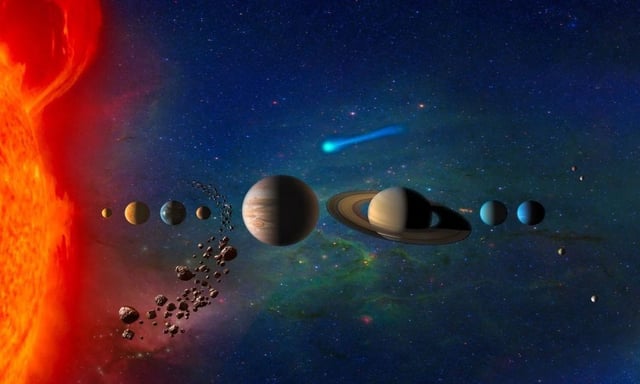Overview
- Astronomers Nathan Kaib and Sean Raymond ran thousands of computer simulations to assess how passing field stars might perturb planetary orbits over the next four billion years.
- The models indicate a 50 to 80 percent increased risk of orbital instability for Mercury as a result of stellar flybys.
- Earth faces about a 0.2 percent probability of experiencing a collision or ejection from its orbit during such encounters.
- Mars carries roughly a 0.3 percent chance of being lost through collision or ejection, while Pluto has approximately a 5 percent likelihood of chaotic orbital shifts over five billion years.
- Researchers stress that despite these elevated odds, catastrophic outcomes remain unlikely and do not pose an immediate threat.
